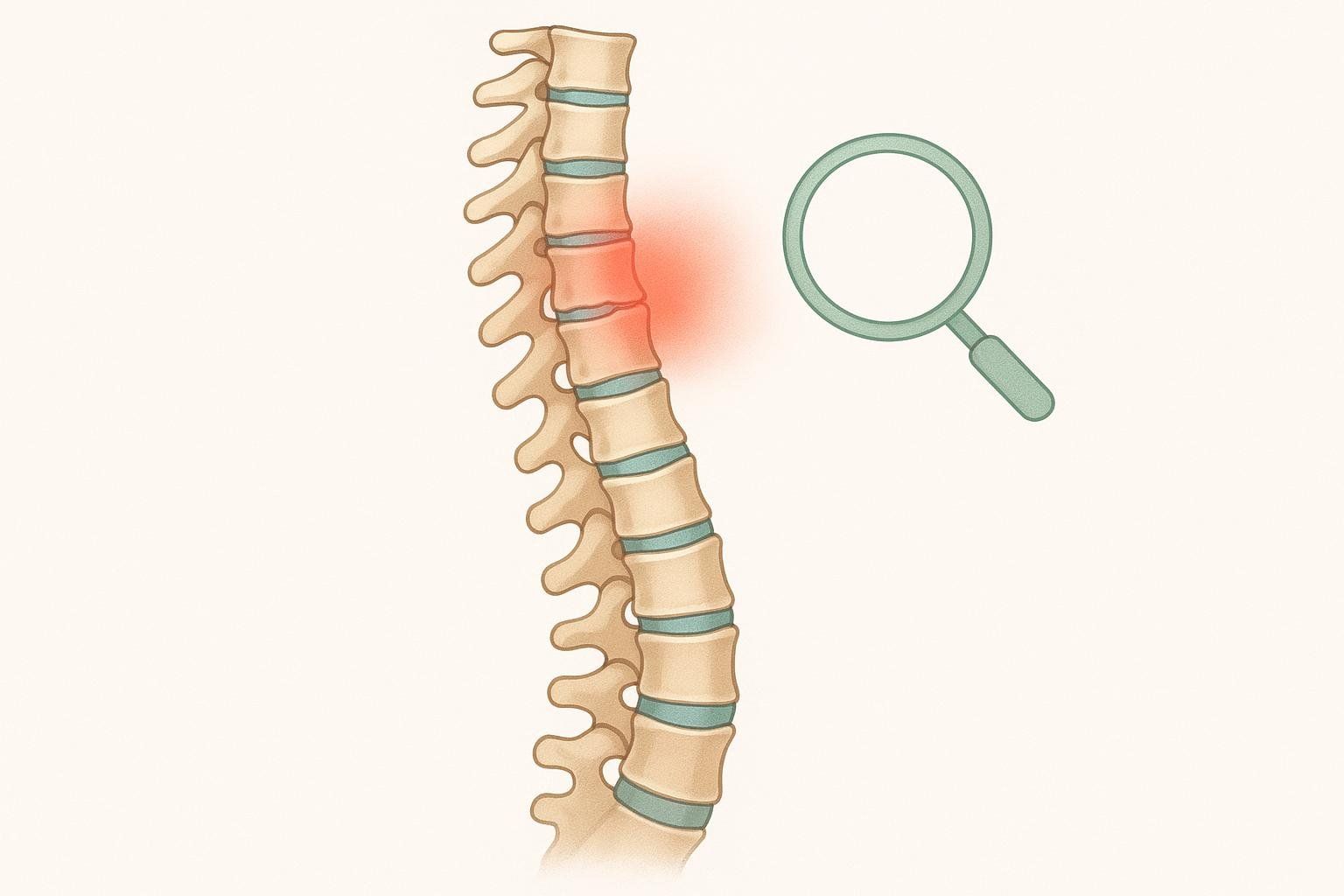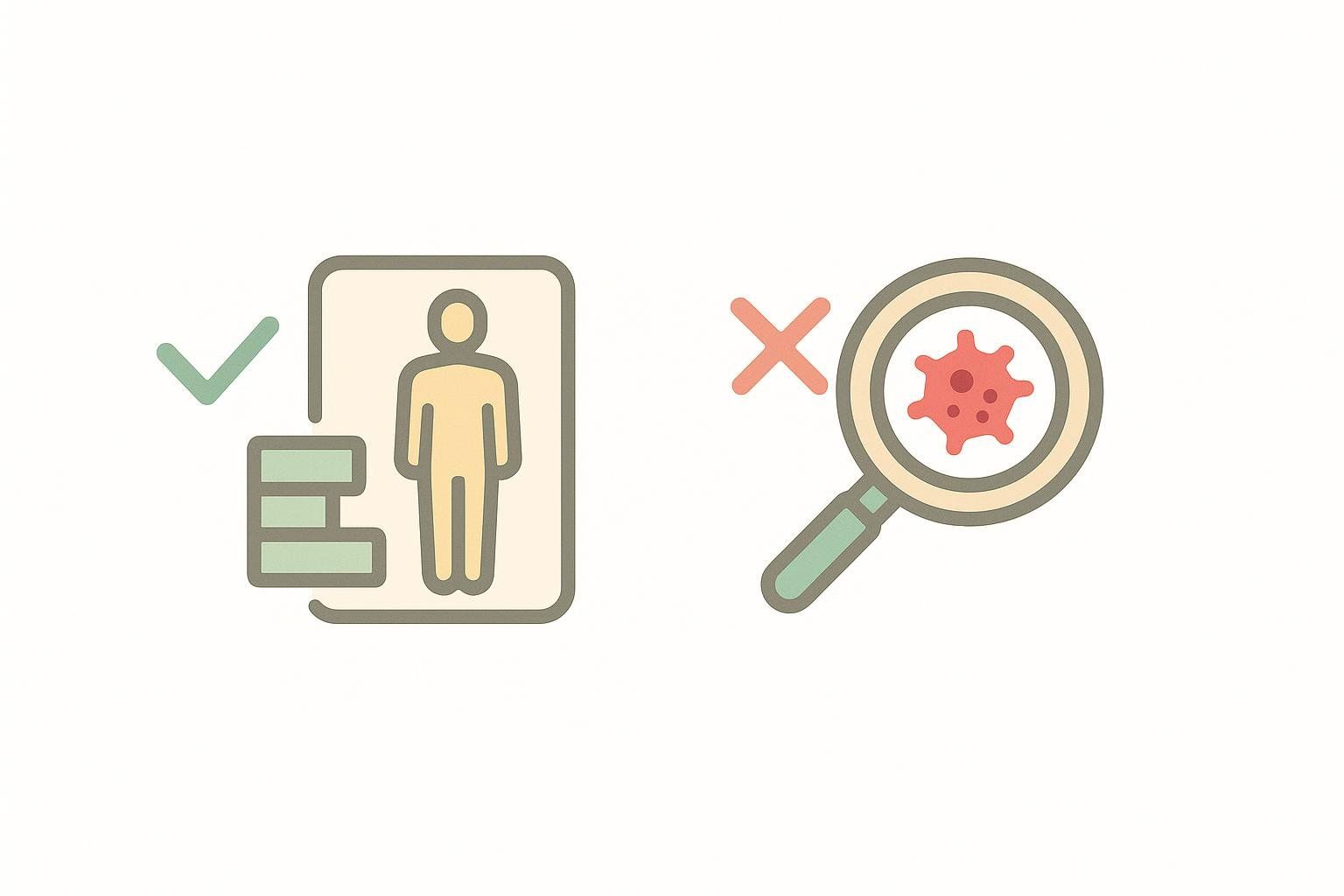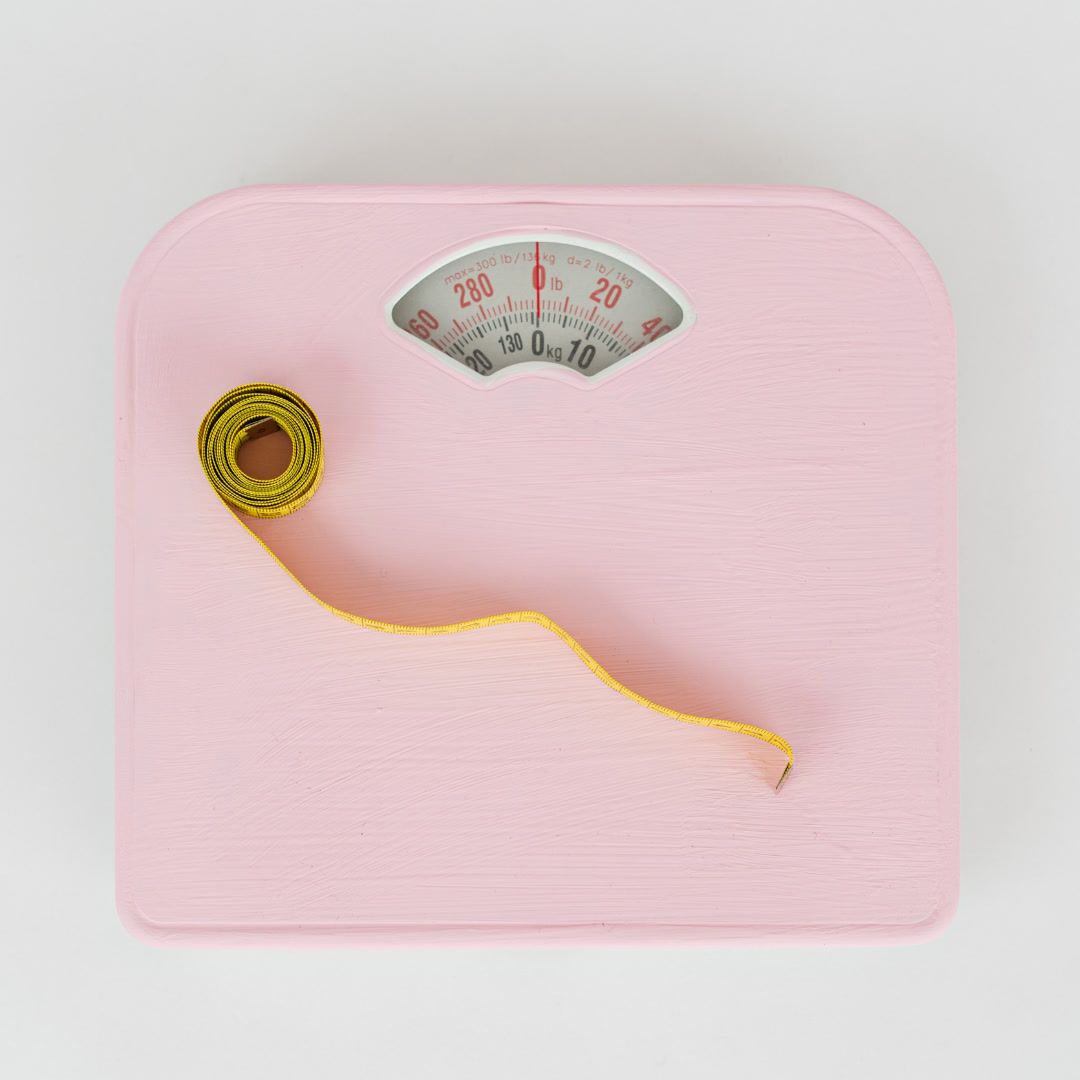Can a DEXA Scan Show Cancer?

Can a DEXA Scan Show Cancer?
Short answer: No. A standard DEXA (DXA) scan is built to measure bone mineral density (BMD) and body composition (fat, lean mass, and visceral fat). It does not have the resolution or purpose to detect cancer. As medical authorities like the Cleveland Clinic explain, when cancer is suspected, clinicians use other imaging such as X‑ray, CT, MRI, PET/CT, or nuclear medicine bone scans—not DEXA.
Key takeaways
- DEXA uses two very low-energy X‑ray beams to quantify bone density and body composition; it is not a cancer-detection test (CDC).
- If a clinician is evaluating possible bone tumors or metastases, they order targeted imaging like a plain X‑ray, CT/MRI, PET/CT, or a nuclear medicine bone scan—not DEXA.
- Radiation from a DEXA is extremely low—on the order of a few microsieverts for whole‑body exams, far below most diagnostic imaging. For a practical comparison, see our explainer on DEXA dose compared to everyday exposures.
Types of DEXA scans

- Non‑diagnostic whole‑body “wellness” DEXA (BodySpec): Measures body fat, lean mass, visceral adipose tissue (VAT), and provides an overall, non‑diagnostic bone‑density value. It can’t diagnose osteopenia/osteoporosis. You can share the report with your doctor, who may order a diagnostic DEXA if needed. BodySpec whole‑body scans typically cost $40–$60 (see how much a DEXA scan costs).
- Diagnostic bone‑density DEXA (medical): Physician‑ordered scans of the hip/spine (and sometimes forearm) used to diagnose osteopenia/osteoporosis and assess fracture risk. Major guidelines recommend screening all women age 65+ and younger postmenopausal women with risk factors (USPSTF); professional societies list men age 70+ (or younger men with risk factors) among indications (2023 ISCD Official Positions). Diagnostic DEXA still does not diagnose cancer.

Why the confusion?
“Full‑body scan” is an umbrella phrase that often refers to whole‑body MRI or CT. DEXA also scans the whole body, but its images are low‑detail by design so software can quantify bone and soft tissue. That low detail is excellent for composition analysis—but cannot visualize tumors.
DEXA vs. cancer‑focused imaging at a glance
| Feature | DEXA | Diagnostic CT | MRI | PET/CT | Nuclear medicine bone scan |
|---|---|---|---|---|---|
| Primary purpose | Bone density + body composition | Detailed anatomy | Detailed visualization of soft tissues, organs, and bone marrow | Metabolic activity of lesions | Detects areas of bone turnover/spread |
| Typical use in cancer workups | Monitors bone loss from cancer therapy; not for cancer detection | Staging, lesion characterization | Staging, marrow/soft‑tissue detail | Staging and metabolic mapping | Detect skeletal metastases |
| Ionizing radiation | Very low | Yes | No | Yes | Yes |
For an in‑depth primer on modality pros/cons, see our guide to full‑body MRI, CT, and DEXA.
Could a DEXA ever prompt follow‑up testing?
DEXA isn’t designed to find tumors. However, some clinical DEXA exams include lateral spine imaging called Vertebral Fracture Assessment (VFA) to look for vertebral compression fractures. VFA is intended for fracture detection; if it reveals a suspected fracture or atypical change, clinicians may order targeted imaging (for example, a spine MRI) to determine the cause (2023 ISCD Official Positions).

Which scans can detect bone cancer or metastases?
If your clinician is concerned about bone lesions or spread from another cancer, the typical pathway may include:
- Plain X‑ray as an initial look at painful or suspicious areas.
- CT or MRI for detailed anatomy when something abnormal is found or suspected.
- PET/CT to assess metabolic activity and map possible spread.
- Nuclear medicine bone scan to survey the skeleton for areas of increased bone turnover, a common tool for metastasis assessment.
Always follow your healthcare provider’s guidance; this list is informational and not medical advice.
FAQs
Does insurance cover follow‑up imaging if my DEXA looks unusual?
Coverage varies by plan and medical necessity. If your clinician documents a clinically significant finding (e.g., a vertebral compression fracture on a VFA), insurers may cover diagnostic follow‑up. Verify with your insurer.
When should I get a diagnostic DEXA?
Follow current guidelines: screen most women starting at 65 (earlier if postmenopausal with risk factors). For men, routine screening is less certain; many professional groups consider testing at 70 or earlier when risk factors are present. Discuss timing with your clinician (USPSTF; 2023 ISCD Official Positions).
Can DEXA replace cancer screening?
No. Use DEXA to track body composition and bone health. Follow age‑appropriate cancer screening recommendations from your clinician and national guidelines.
What to do next
- Track body fat, lean mass, VAT, and a non‑diagnostic bone‑density estimate with a BodySpec whole‑body DEXA. Typical price: $40–$60. Learn more about the BodySpec DEXA scan.
- Want help reading body‑composition and bone‑density numbers? Start by learning how to interpret your DEXA scan results.
- If you have symptoms or risk factors that worry you, talk to your healthcare provider about the right diagnostic imaging path.
Bottom line
DEXA is outstanding for bone density and body‑composition tracking—but it does not detect cancer. If you need cancer‑focused imaging, your clinician will choose targeted tests like X‑ray, CT, MRI, PET/CT, or a nuclear medicine bone scan. Use DEXA for what it does best: quantifying change you can act on.



